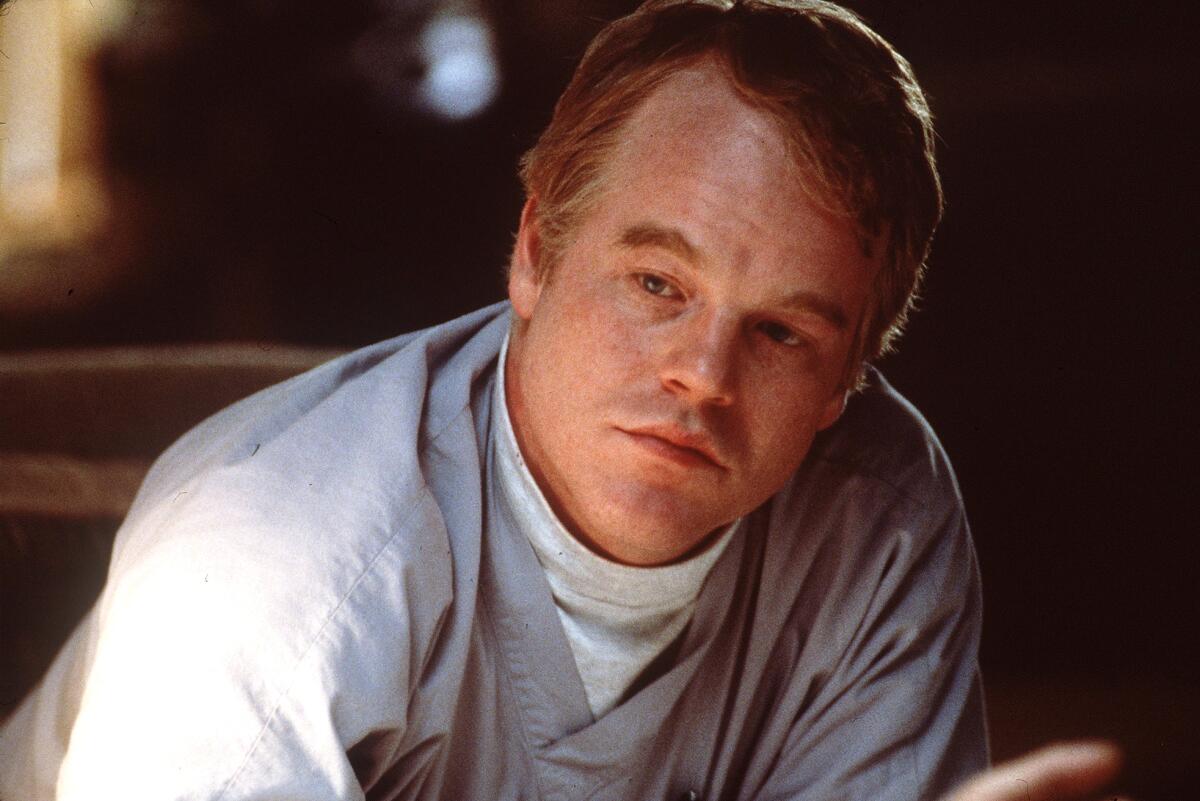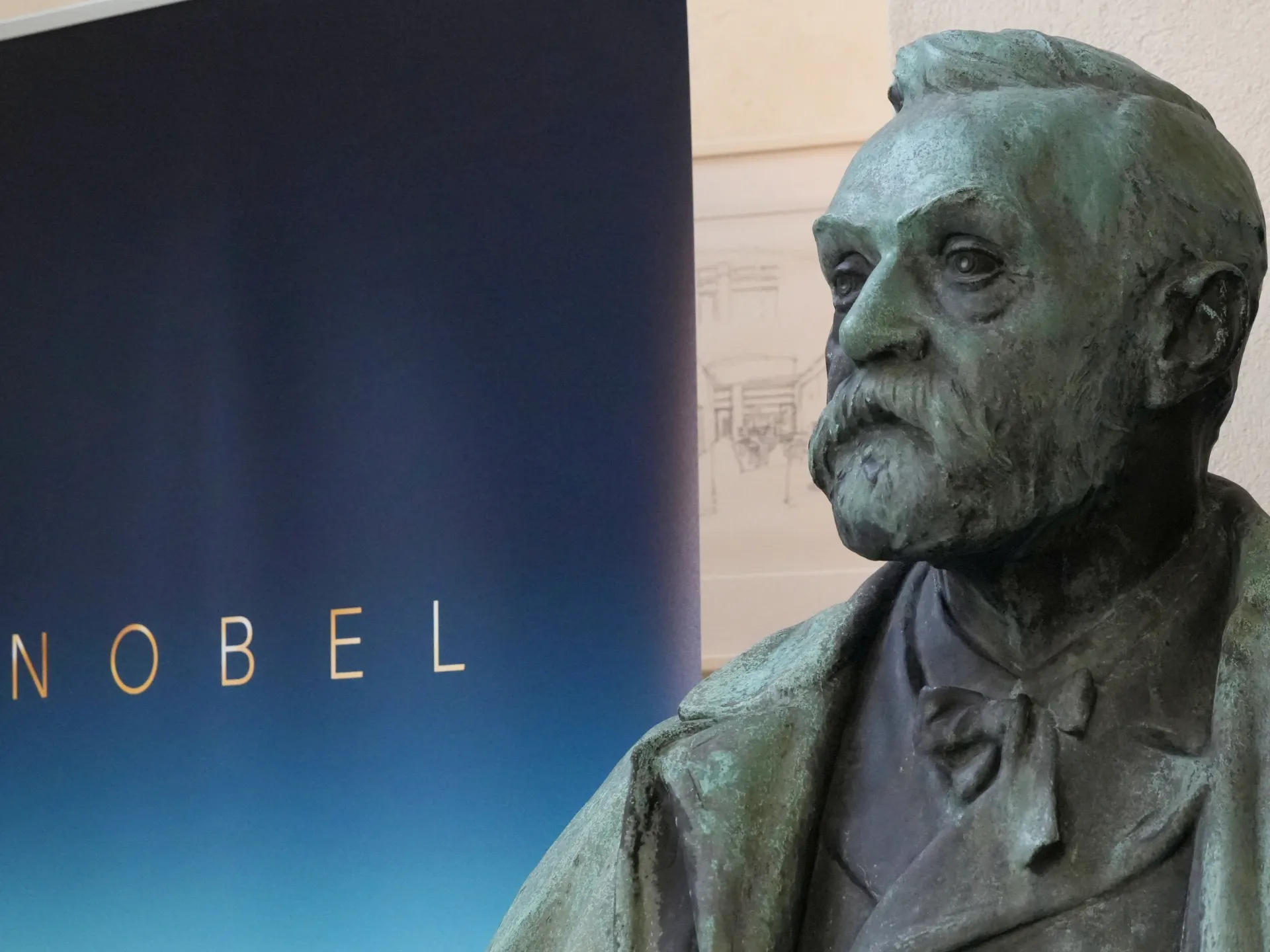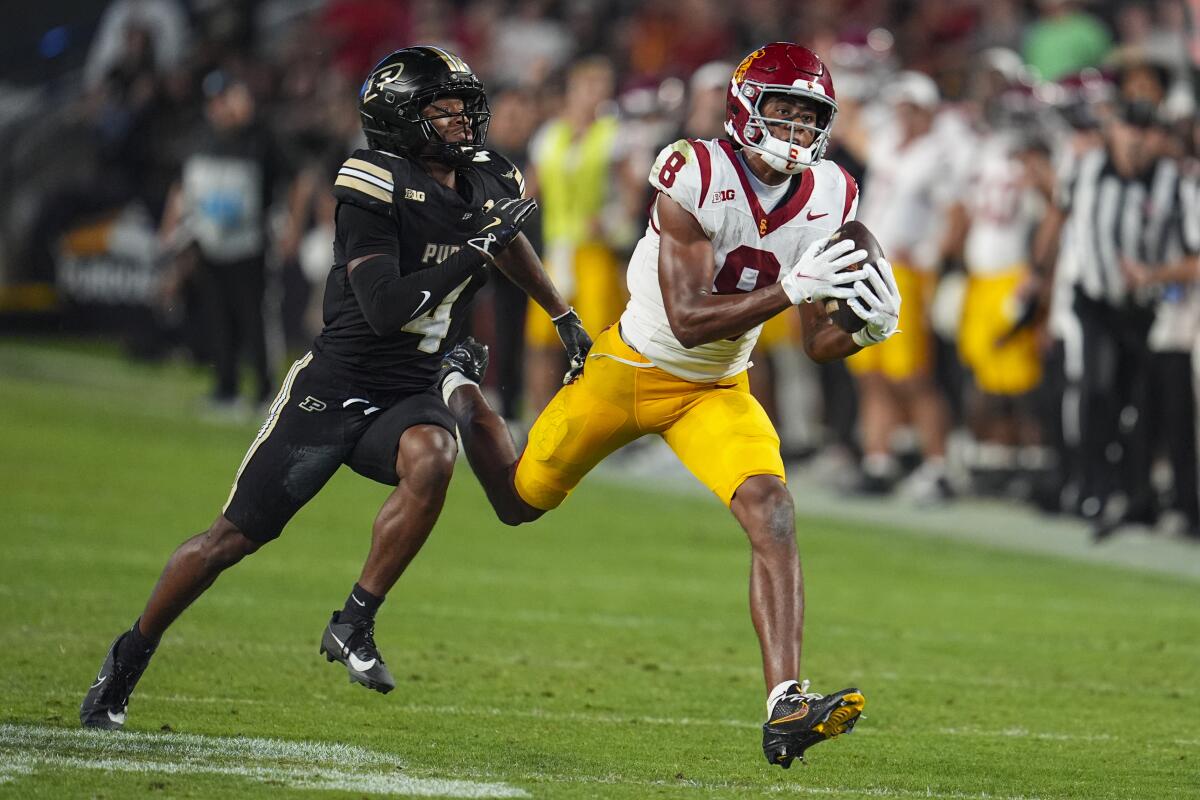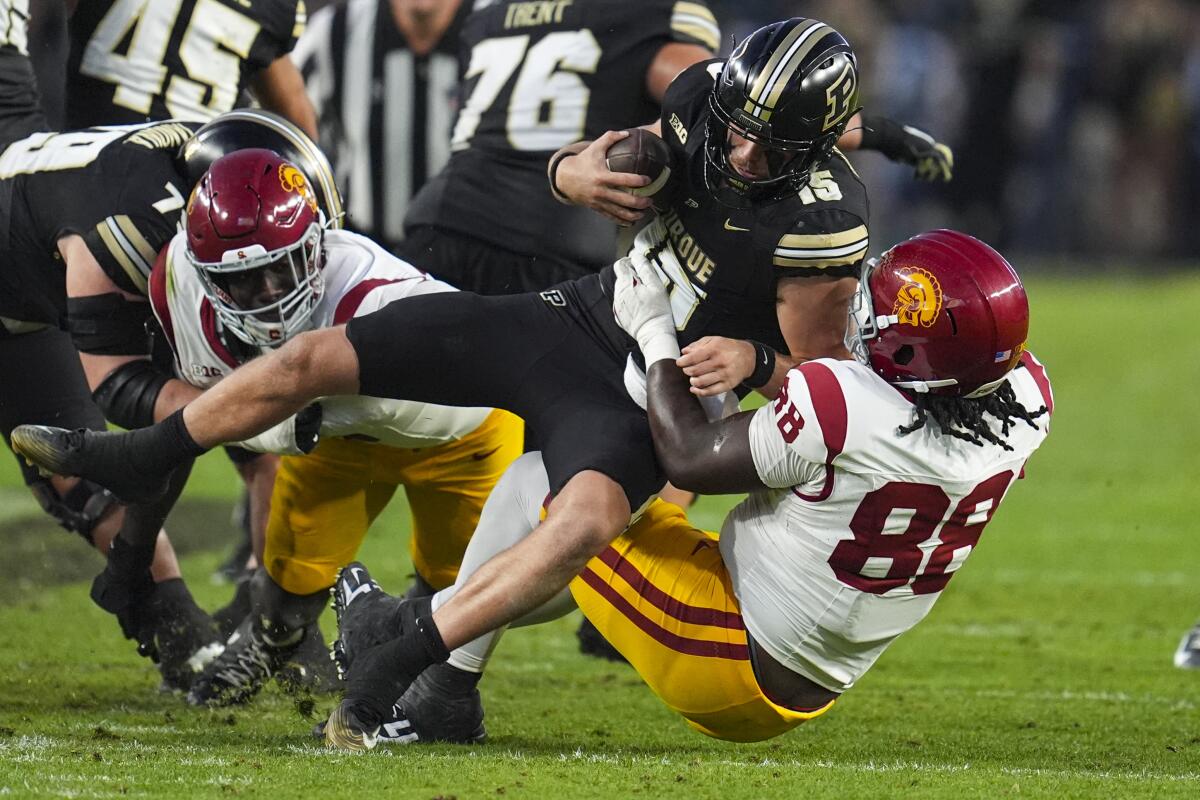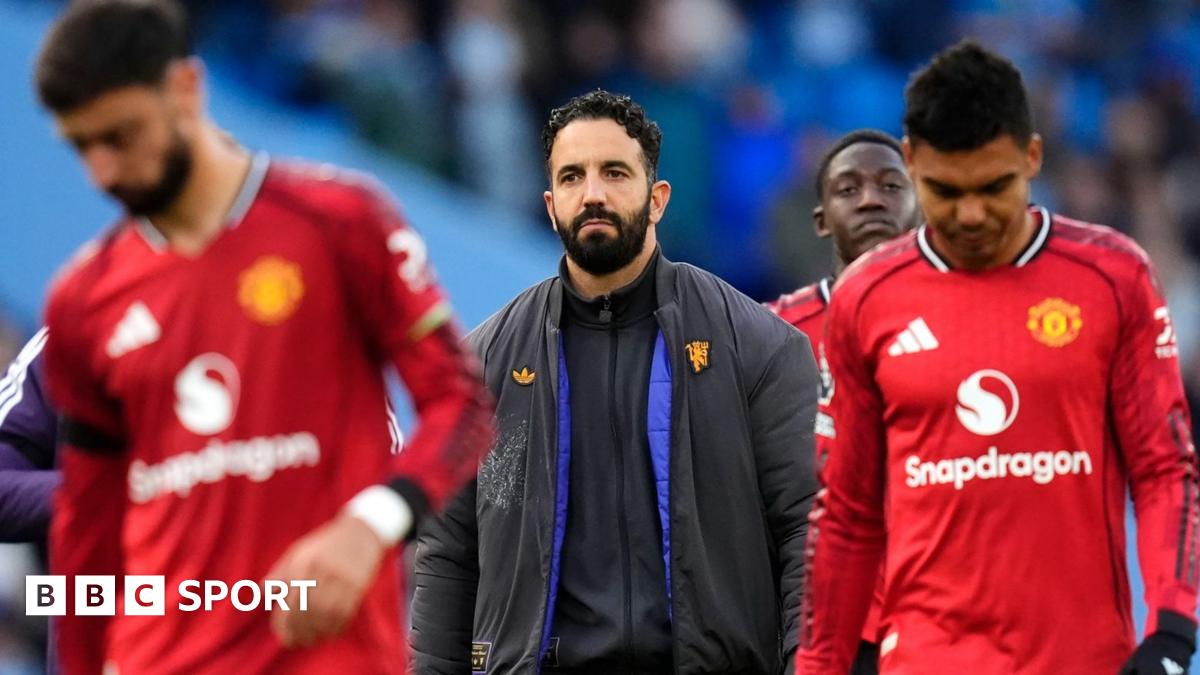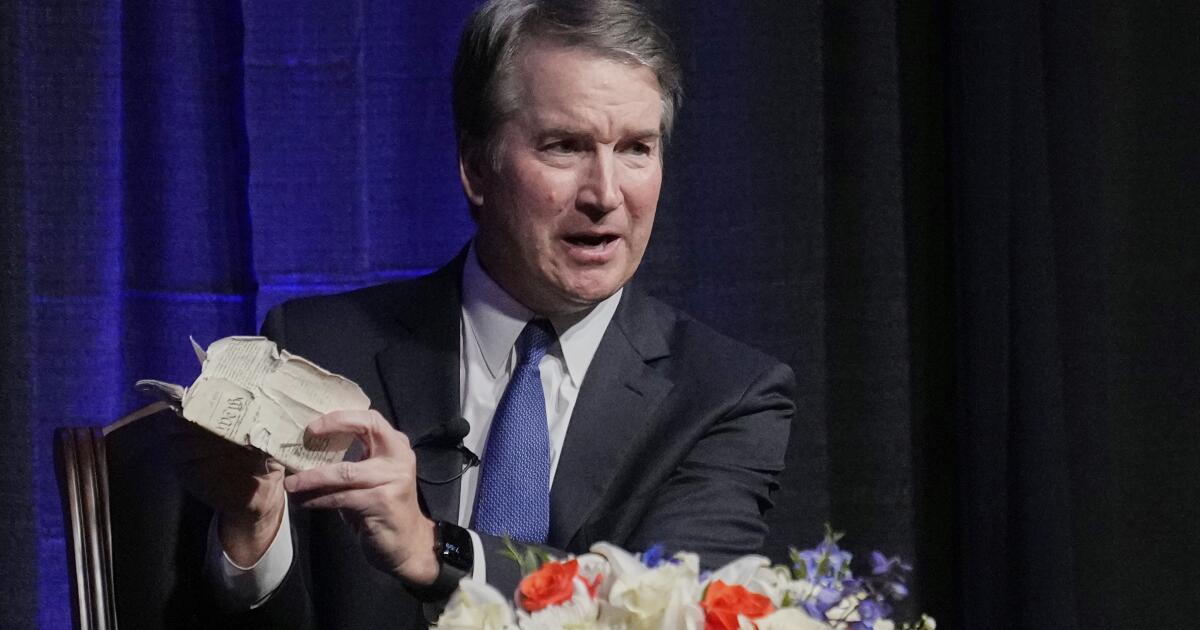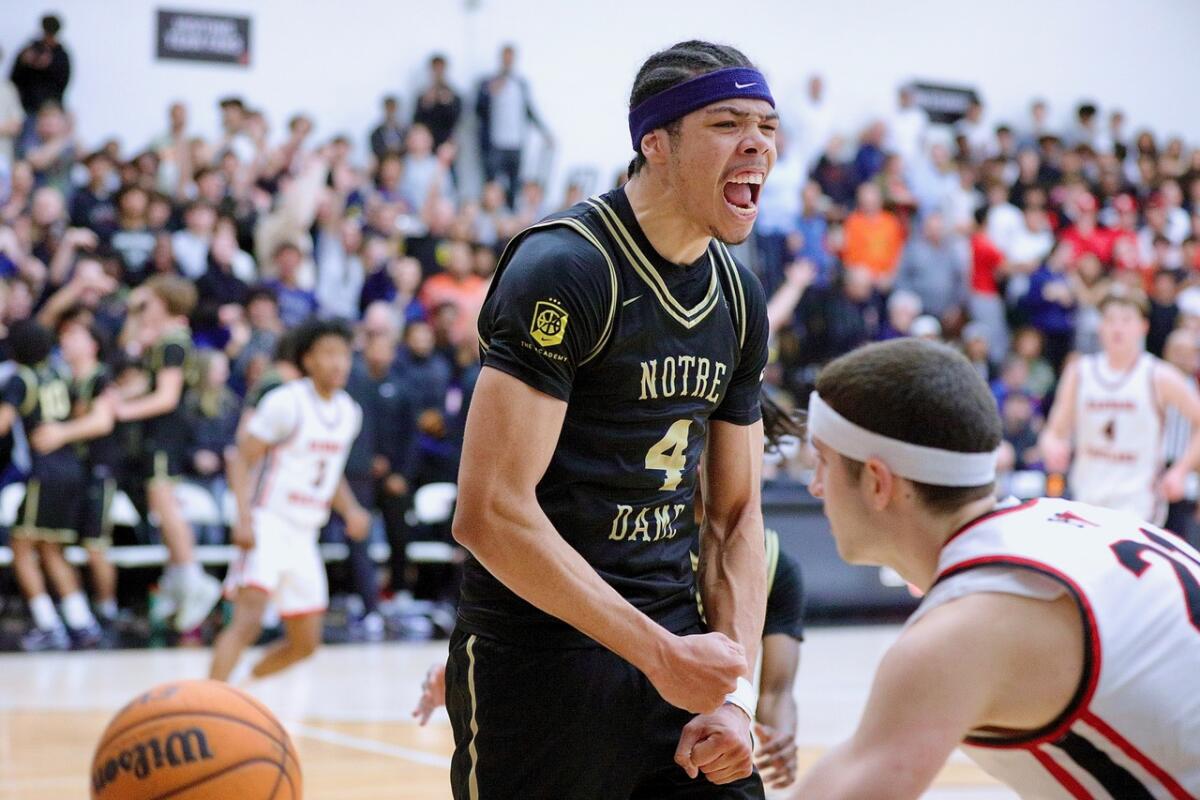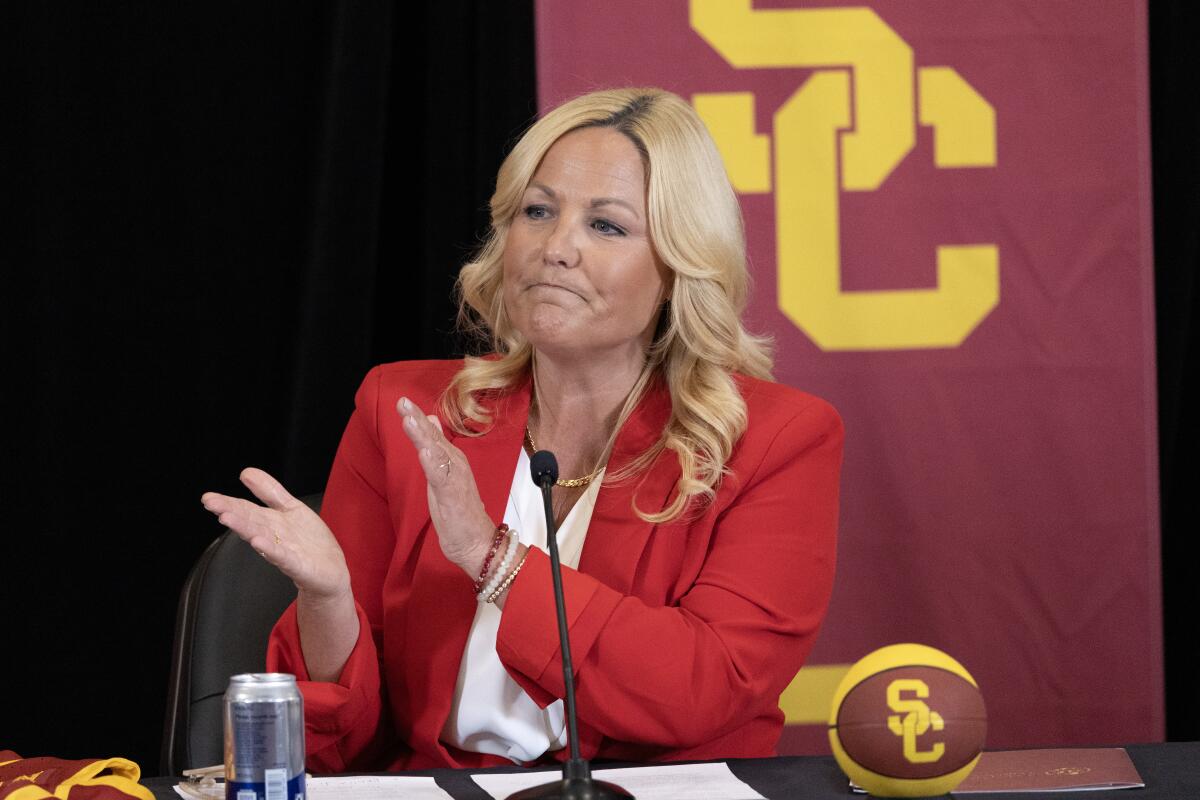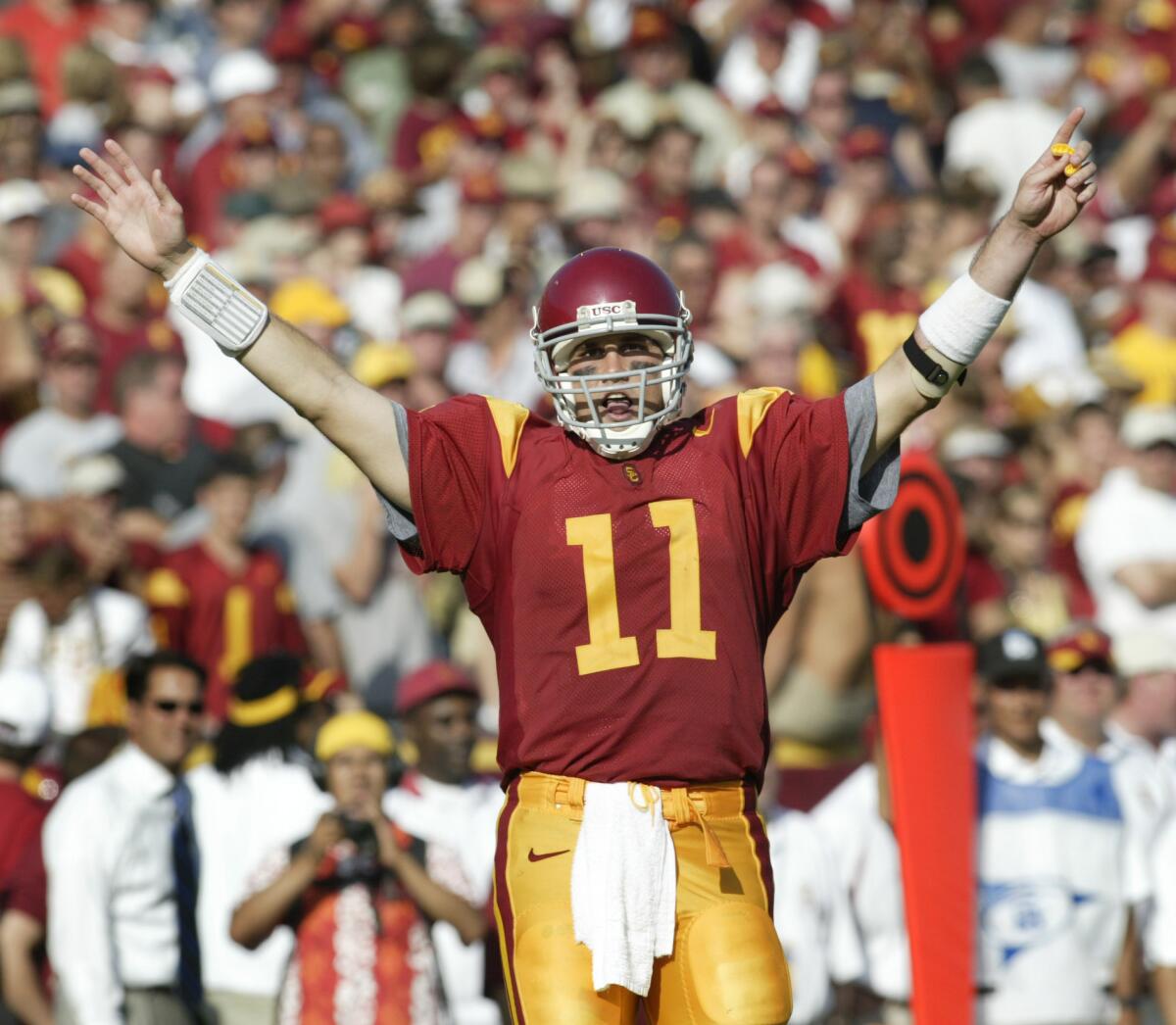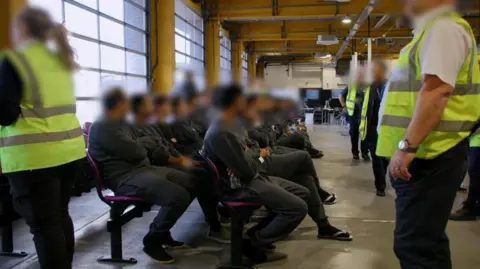You’ll soon need to provide more information that will allow you to be identified as you travel to or between other countries in the Schengen zone
If you’re under 50 years of age, then you may have taken travel trouble-free travel to Europe for granted.
The 70s were when the fledgling foreign package holiday industry really began to take off. Instead of a wet week in Butlins at Bognor, it was sunburn and sangria in Spain!
Britain was in the European Economic Community (EEC) which meant we had freedom of movement around the European Union from 1973. Then in 1985, the Schengen agreement allowed some European citizens to move between their countries without passports. This expanded to become the ‘Schengen Area’.
That all ended for us on December 31, 2020 when the UK formally left the EU. After a few years state of grace, we are about to find that moving from the UK and many European countries is about to get a little more complicated.
From October 12, 2025, you’ll need to provide more information that will allow you to be identified as you travel to or between other countries in the Schengen zone. The Schengen area includes countries in the European Union plus Iceland, Liechtenstein and Norway – but not Ireland and Cyprus.
The changes are relatively minor, but our lack of awareness of the new rules – and the potential for long delays at the border as people discover they have to provide more biometric and personal information to enter – could lead to delays to your holiday. Here’s my guide.
The EU Entry/Exit System (EES)
The EU Entry/Exit System (EES) is a new process that will record details that identify you when you travel to the EU. You’ll need to register your name, travel documents and biometric data (fingerprints and captured facial images) amongst other things. Over time, this should make traveling between countries quicker and the system will mean your passport won’t need to be stamped. The process will be free, but it is most certainly not optional.
People coming from the EU, EEA and Swiss citizens have already been doing something similar for months, because from 02 April 2025, they have had to apply for an electronic travel authorisation (ETA) to travel to the UK . Irish citizens are the only exception.
You will be required to provide the EES data on the first occasion you travel to the EU after its introduction. The biggest delays are expected to be at ports where the processing time for people in cars has conservatively estimated to be around and extra 10 minutes per person. But airports and key departure points like the Eurostar terminal are also likely to be busier at border control. I’ve been assured that it should only take a couple of minutes to gather the data, but let’s not forget that many people seem to be blissfully aware of the new rules.
I don’t want to think badly of my fellow UK citizens, but I can see a few objections from people at the border about the EES. So let me be clear once more. This is not optional.
The rules state that your data will be collected at the ‘border crossing point for the first time’. In some places, like ports or on the Eurostar, the entry point is actually in the UK, though in others it will be at the border in the country you are visiting.
The introduction of the EES has been delayed repeatedly, so airports, ports and train terminals have had lots and lots of time to prepare for this. For example, if you are travelling by Eurostar, you should be able to register with the EES at designated kiosks at St Pancras on the day of travel, before you go through security. Ports have had their own problems over the holiday season, with long tailbacks reported on many days. So getting there early makes sense regardless of the new rules.
Cruises are exempt, unless you choose to disembark in countries in the zone. This shouldn’t include pre-arranged exclusions. But if you want to disembark and wander off, you’ll need to go through the EES process.
The EES website says that some data can be collected in advance, but don’t get too excited. This is not in place yet. So no: you can’t register your data in advance of travel at present.
The EES data will only need to be collected once, so while delays will occur at first, they should reduce over time. However, there are millions of people in the UK, so we should expect to add on additional travel time for a number of years to allow for this, even if we register our data at the very beginning.
There is some good news. I’m hearing that some ports will be rolling out the new EES rules over the next few months. But the safest thing to do is to ensure that you’ll need to provide your details from October 2025.
Ultimately, the rules will make travel to and between EU countries easier at border control. But regular travellers beware. If you enter countries in the Schengen area must not stay more than 90 days in total every 180 days. It doesn’t matter how many countries you visit, or how long you stay for each time. Keep that calculator handy if you travel a lot. The 180 day period is ‘rolling’ so if you don’t travel for a bit, then previous time in the zone will no longer count. Here’s the Gov.uk advice: https://www.gov.uk/travel-to-eu-schengen-area
Border questions
It’s been mistakenly reported that the new EES rules will also involve you having to answer questions about your stay. That’s not true. You’ve potentially had to answer questions about your stay at the border since we left the EU. But not many UK citizens will have experienced this in Europe before.
It’s likely that these questions will become more common with the implementation of the new rules – for example as the system moves online. These questions aren’t set in stone, but could include:
- How long you intend to stay
- When you are leaving and if you have a return ticket
- Where you are staying
- If you are moving between countries
- If you have sufficient funds to pay for your holiday
- The purpose of your visit
It’s recommended that you have proof of these things (hotel bookings, bank statements on an app) before you travel.
ETIAS and the visa waiver
Millions of people who only travel short-haul will be unprepared for it, but watch out: you’ll need a visa next year to enter Europe. Welcome to the European Travel Information and Authorisation System – or ETIAS for short.
The European Travel Information and Authorisation System (ETIAS) is a travel authorisation that will be required for citizens from many non-EU locations (including the UK) to enter 30 European countries. The ETIAS will involve a fee of €20 (up from the originally quoted €7) and again, I’ve been told it will only take a few minutes to apply for. You should be able to do this in advance, though the system is not ready yet.
Applying in advance is most certainly recommended because in some circumstances when further checks are required approval time could be extended to 14 days.
You’ll need to make sure all the details on your approved ETIAS are correct or you could get turned away at the border. Your ETIAS travel authorisation will be linked to your passport – but if you forgot to apply, you’ll get turned away.
As with the introduction of the EES rules, the ETIAS date has moved repeatedly. It was supposed to be in place for summer 2025, but that’s moved back to the final quarter of 2026 now. But be warned, that could all change suddenly.
One final thing to bear in mind. The EU estimates that 1.4 billion people from 59 currently visa-exempt countries will need to apply for this new travel authorisation. Imagine that.
Passport requirements
When did you last renew your passport? If you’ve not checked and you’re going away soon, do it right now.
Every week I hear from people who have been turned away at the boarding gates because they’ve fallen foul of a post-Brexit bureaucratic quirk that means their passport has expired. There’s something of a debate about how fair this is or how the rules are being interpreted. But given your options are travel or get turned away, don’t mess about – sort it out.
If you are travelling to the EU/Schengen area, your entry in to the destination country is based on your passport’s issue date, not its expiry date . Your expiry could be up to nine months later, but that no longer applies. So if your issue date is 01 December 2015, the passport expires 01 August 2025.
In order to be admitted to your destination country, you will also need to have a departure date at least three months before your passport expires. So if your password expires on 01 December 2025 that means you can’t book a holiday where you finish your holiday any later than 01 October 2025. Got that?!
Many of my fellow travel experts disagree about what the regulations specifically say around this rule. But people are being rejected at boarding gates in considerable numbers – and sometimes refused entry on arrival at their destinations too. So don’t chance it.
Outside of the EU/Schengen area then you’ll find the rules can be much more relaxed – but in some cases they can be even tougher. So don’t assume, renew your passport with lots of time to spare. And check the rules for your destination country to avoid disappointment.
If your passport is a bit scuffed, don’t assume that it’s going to be accepted when you travel too. Even minor damage, like torn pages, can result in your passport being rejected. If you’re not sure about yours, type ‘replace damaged passport’ in to a search drive and click on the Gov.uk site.
Finally, visas apply all around the world. You may have heard about much tougher border checks and rising costs to get a visa for the USA. Don’t assume all will be well – check the rules as soon as you book a holiday.
- Martyn James is a leading consumer rights campaigner, TV and radio presenter and journalist



